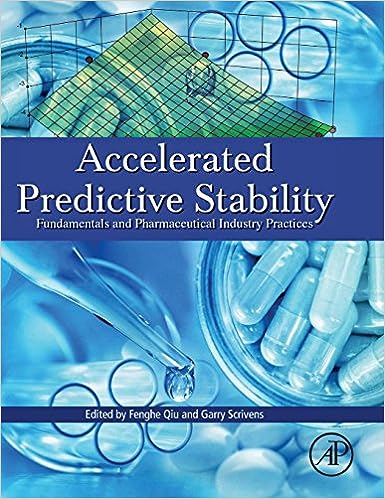Requirements in Stability Testing Facilities
Compliance with Good Manufacturing Practices (GMP) requirements is essential for stability testing facilities to ensure the quality, reliability, and integrity of stability data. GMP regulations establish standards for the design, construction, operation, and maintenance of stability testing facilities to ensure compliance with regulatory requirements and industry best practices.
Key GMP Requirements
GMP requirements that apply to stability testing facilities include:
- Facility Design and Layout: Stability testing facilities must be designed and laid out to facilitate efficient workflow, minimize cross-contamination, and prevent mix-ups. Adequate space, segregation of areas, and proper ventilation are essential to maintain the integrity of stability samples
Regulatory Compliance
Compliance with GMP requirements in stability testing facilities is essential for regulatory approval and market authorization of pharmaceutical products. Regulatory agencies, such as the U.S. Food and Drug Administration (FDA), the European Medicines Agency (EMA), and the International Council for Harmonisation (ICH), enforce GMP regulations through inspections, audits, and assessments of compliance.
Impact on Stability Testing
Compliance with GMP requirements in stability testing facilities has a direct impact on the quality, reliability, and integrity of stability data:
- Reliable Data: GMP-compliant stability testing facilities generate reliable and reproducible stability data that can be trusted for assessing the long-term stability and shelf life of pharmaceutical products.
- Regulatory Compliance: Compliance with GMP requirements ensures that stability testing facilities meet regulatory standards and expectations, facilitating regulatory approval and market acceptance of pharmaceutical products.
- Quality Assurance: GMP-compliant stability testing facilities implement quality assurance measures to prevent errors, deviations, and non-conformities, ensuring the accuracy and reliability of stability data.
- Confidence and Credibility: Adherence to GMP guidelines instills confidence and credibility in stability data, both internally within the organization and externally with regulatory authorities, customers, and stakeholders.
Conclusion
Compliance with Good Manufacturing Practices (GMP) requirements is essential for stability testing facilities to ensure the quality, reliability, and integrity of stability data. By adhering to GMP principles and regulatory requirements, stability testing facilities can demonstrate the consistency, reliability, and integrity of their operations and data, ultimately ensuring the quality and safety of pharmaceutical products for patients.

